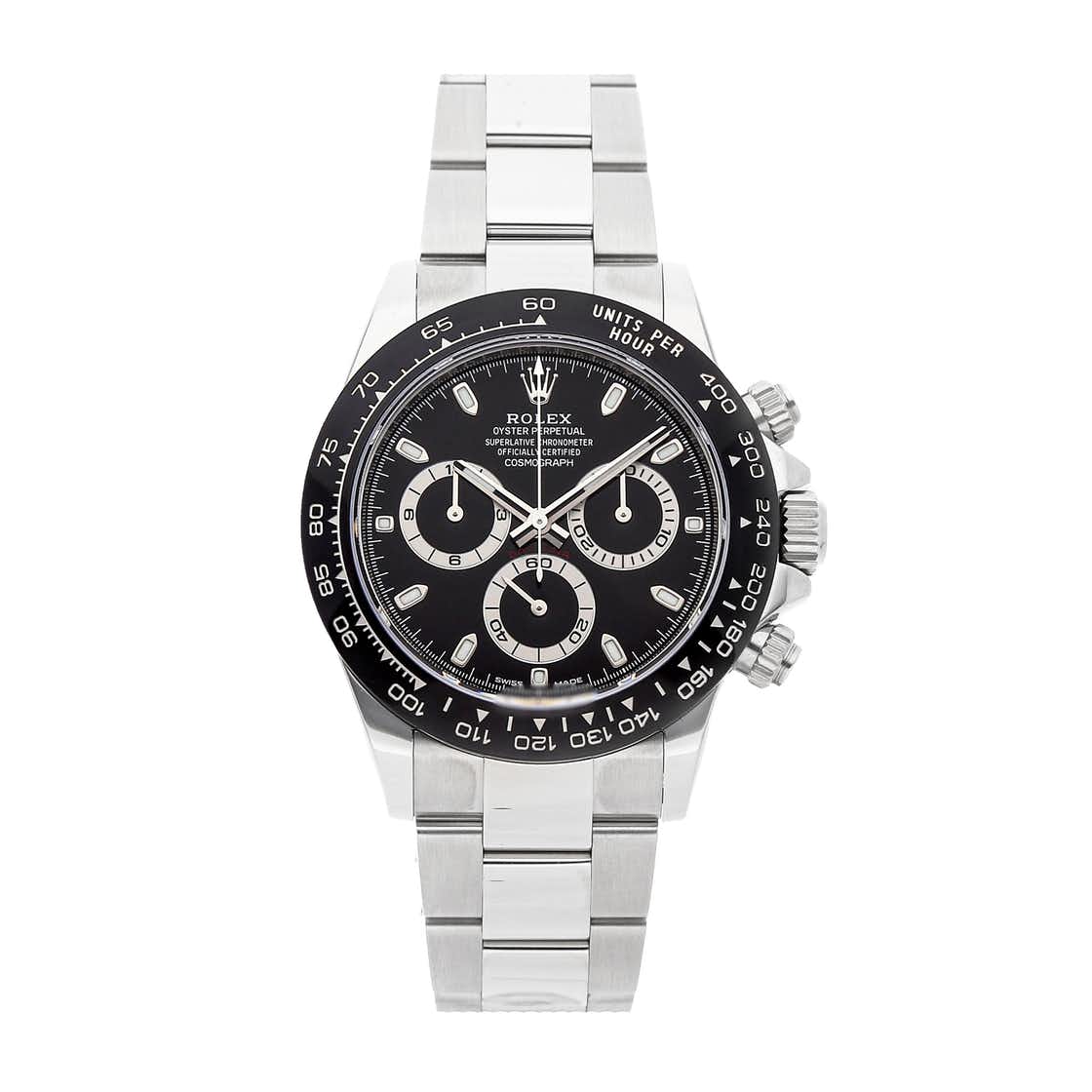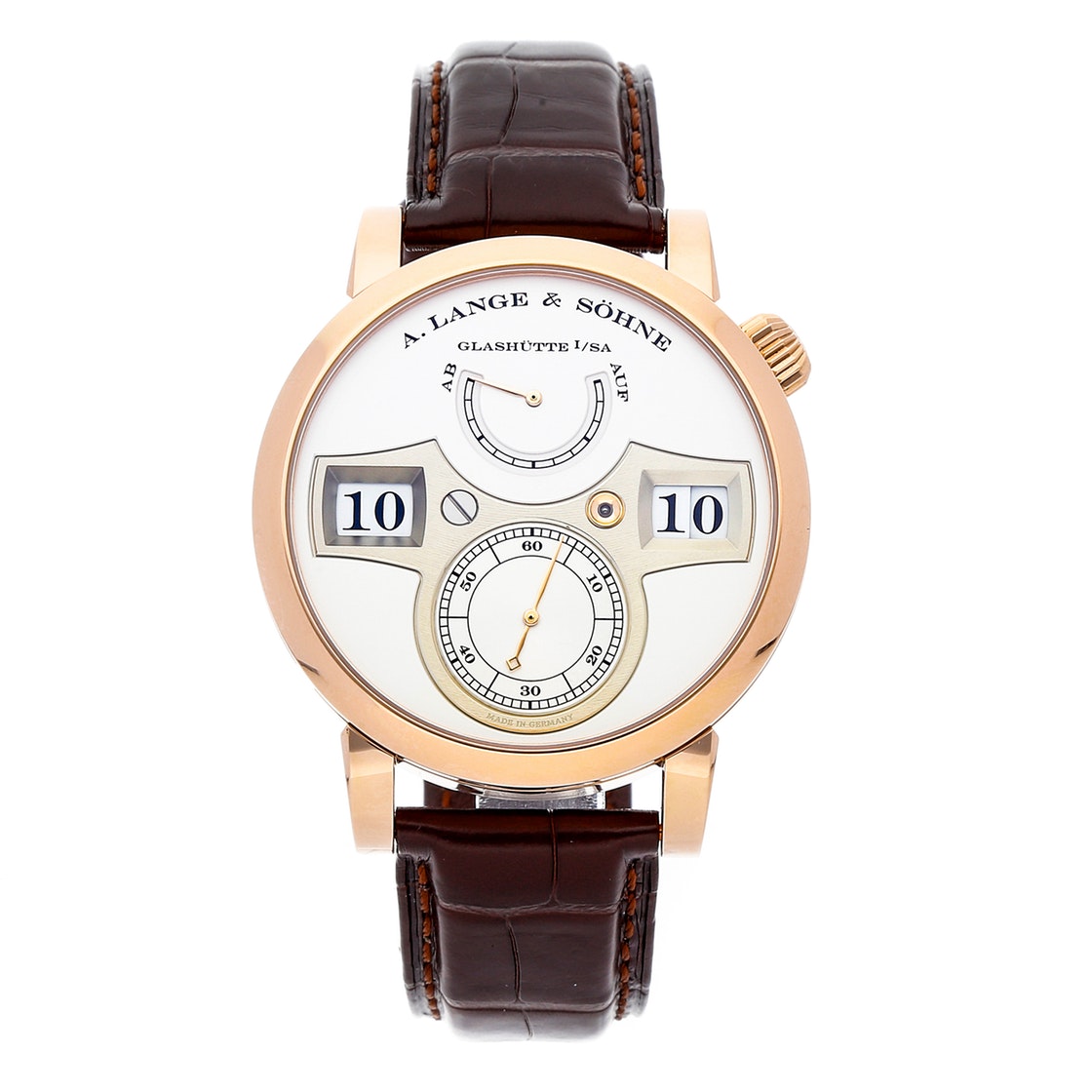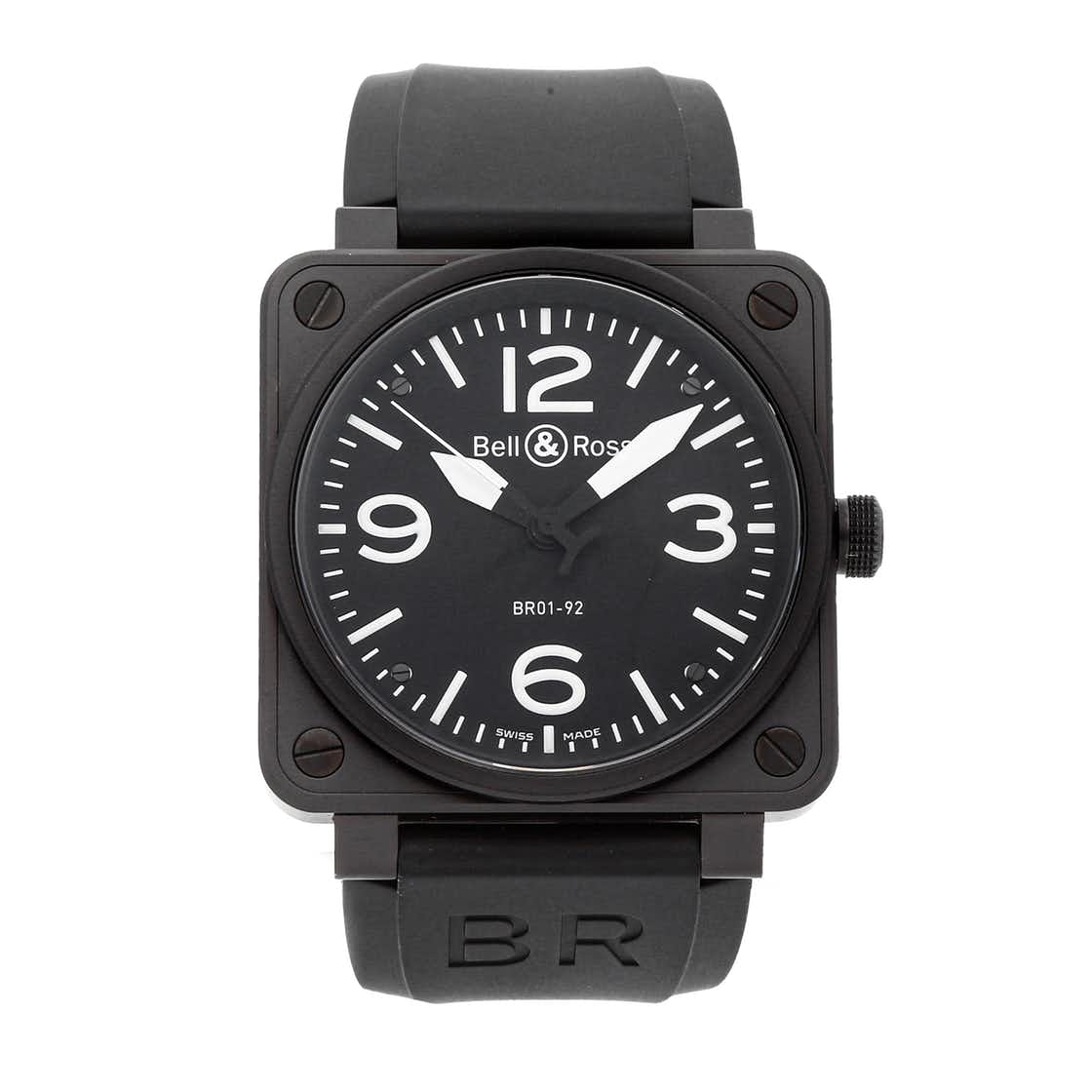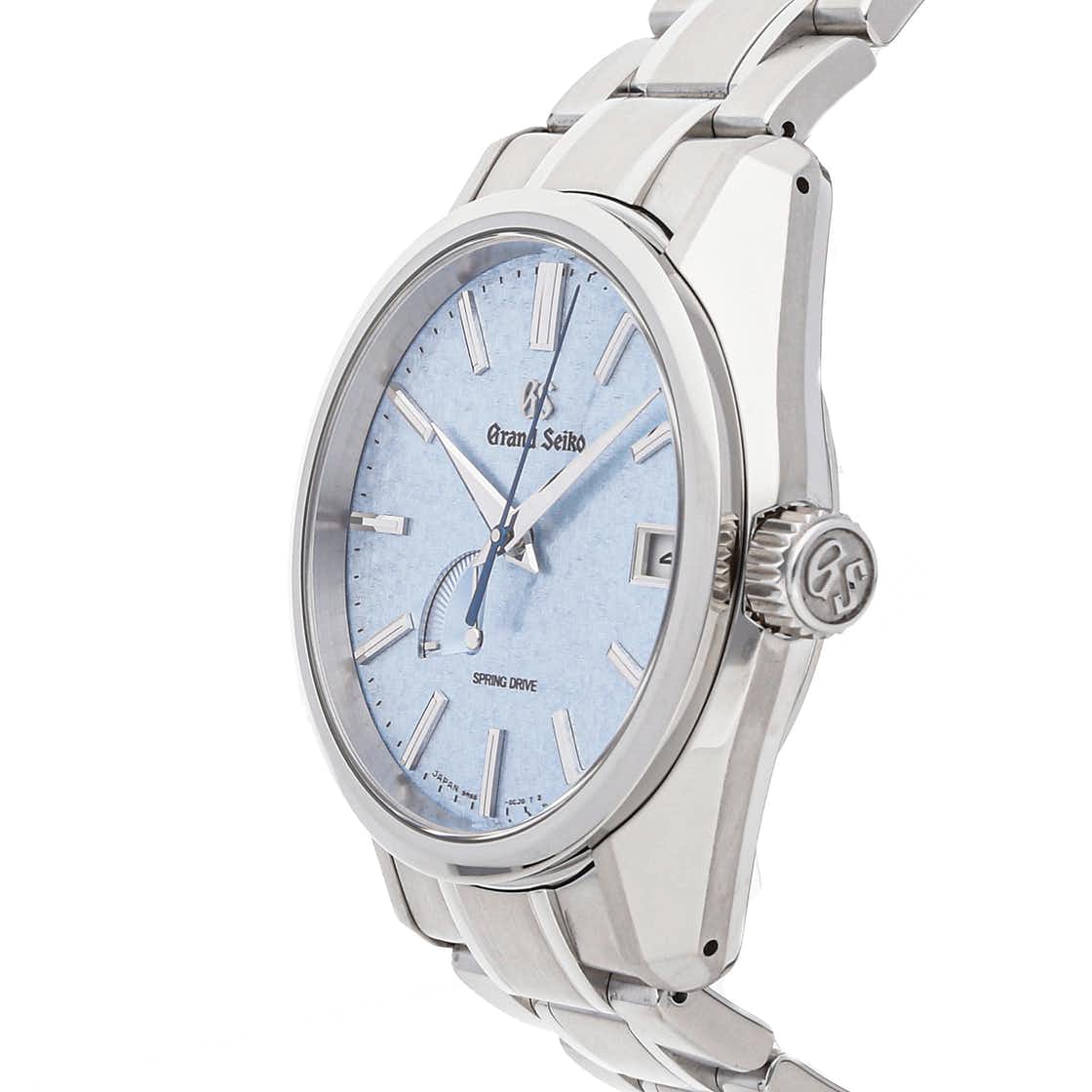AA: The watches which experience “popularity bubbles” do so for often random or at least unpredictable reasons. Having said that, you’ve seen watches that trend with consumers come and go. Any ideas on what propels an otherwise moderately popular watch to one that all the rich kids want to have?
TM: The odd thing is that many of the truly hot models of the moment — the Nautilus 5711 and Rolex Daytona come to mind — are basic watches that have been available for a decade or more in their current forms. I’m not sure when the critical mass hit, but without Web magazines, fan forums, and auctions, this phenomenon wouldn’t be happening. I believe there’s a responsibility on the part of influential writers, collectors, and social media personalities to be less salacious and sensational in their coverage of these pieces. No $30,000 watch that’s still available at dealers is worth $70 grand used in perpetuity. That’s foolish or indifferent wealth chasing status and nothing more. I sell those watches, and I’ll warn you, regardless.
Very rarely does a dress watch appear on this list. It seems that all of the waitlist watches of the moment are a handful of steel Rolex models, the two sports model lines from Patek, and Royal Oaks (but not, curiously, Offshores). Truth be told, the list of truly “hot” watches is a short one; almost all watches from standard sports models to grand complications are available from dealers with minimal waiting and sell used for less than MSRP. Aside from microscopic manufactures like Charles Frodsham, Akrivia, or Philippe Dufour, almost all of the waitlisted fetish watches are mainstream sports pieces.
I’ve seen engineering-landmark dress watches like the Chopard Quattro, Parmigiani Tonda Chronor Anniversaire, Breguet 7727, Lange Zeitwerk, and JLC Duometre come, go, and become just another used watch. These are watches that deserve to have collector-reference books written about them, and the market forgets them after two or three model years.
Likewise, online hype and auctions distort the real relevance and value of certain vintage references. The loser is the true enthusiast who might have enjoyed these models as something other than an ego accessory. And it even hurts the lower-level collector who might try to play the vintage scene. There was a boom in vintage Heuer prices about 3-5 years ago. Many rank-and-file collectors of moderate means started chasing old chronographs thinking it would pay for the kids’ college. And then the blogs moved on, the auction scene found new darlings, and a bunch of those collectors got burned by old Heuers bought too dear.
AA: When it comes to selling pre-owned watches online, everyone has a story to tell. Not everyone, however, is as factual as you. Any advice out there for consumers to help sort the fluff from the facts when it comes to protecting themselves from overzealous watch salespeople?
TM: Make yourself the expert; it’s exactly like buying a special interest automobile. Salesmen should be relied upon exclusively to take clear photos on request, represent the outward condition of the product, negotiate price, and consummate the transaction. The moment you need to ask a salesman the year of manufacture, whether the clearly-photographed accessory set is “factory complete,” or what generation of movement is in the watch, you’re taking an unnecessary risk. It’s not that a sales representative is inclined to duplicity; this simply is a mismatch of a generalist’s skillset with questions excruciatingly specific to one product the person may never have seen before. You need to be knowledgeable as a collector. The more specialized the watch, the more you need to know in advance of a purchase.
Join a forum dedicated to the brand you’re shopping. Mine the search engine and archived discussion threads over on Timezone, PuristS Pro, and Watchuseek for details. Search the encyclopedic contents of aBlogtoWatch back to the aBlogtoRead days. And look at many examples and boxed sets of the watch that you intend to buy. Finally, use video to understand how a watch should appear and function in three dimensions. My archive of 4,500 watch videos clearly is a sales tool, but it’s also a factual reference and an instruction guide for each model featured.
AA: Two-part final question. Compared to 10 years ago, what types of watches do you not see as much coming in anymore, and what types are more plentiful today than back then?
TM: Let me preface this by acknowledging that I’m a relatively recent arrival to the watch space. My last year in the Navy was 2013, and I entered the watch industry with Watch-u-Want in July of 2014. That said, I have seen changes within my five-year timeframe.
First, I don’t see as many 43mm+ watches of recent manufacture. We’re never going back to 33-35mm men’s watches, but the era of 43-45mm watches in mainstream favor is over. Brands no longer assume that a pencil-wrist collector naturally desires a hockey puck watch. Two concrete examples are the rise in 38-42mm Panerai options — Panerai! — and the Audemars Piguet Royal Oak Offshore’s fall from grace. Even as standard 37-41mm Royal Oaks surge in the market, the Offshore — especially the 44mm models — sit for a while new and sell below retail as used watches.
Bell & Ross is a microcosm of the phenomenon. Consider the once phenomenal 46mm Bell & Ross BR01’s change of fortune; the 42mm BR03 is far more popular today. And that’s without even discussing the shift in emphasis to the more conventional round-case 38.5mm (BRV1) and 41mm (BRV2) models. As a secondary market dealer, we see far more of these than the once nearly iconic BR01.
Vintage tribute and “re-edition” watches seem to be everywhere on the pre-owned scene. On that count, I’m going to step out on a limb and opine that we, on the secondary market, are witnessing the tail-end of a fad. The explosion of safe-play derivative “vintage” styles over the last half-decade is working its way to the pre-owned side of the business, and I believe that we’ll see the used supply begin to ebb a few years after the manufacturers decide they’ve reached the point of diminishing returns on this front.
Although it’s just one brand, I want to acknowledge Grand Seiko. Since I operate solely out of our U.S. offices, the impact of Grand Seiko’s international development has made a striking impact on the number of Japanese watches I see on a regular basis. This speaks to Grand Seiko’s success launching the brand on the primary side, as well as the interest of pre-owned shoppers in the product. There have been cascade effects, including elevated numbers of Japanese domestic market watches being offered to us; collector interest is surging with respect to these once-sequestered watches from a brand that had little international presence a decade ago.






